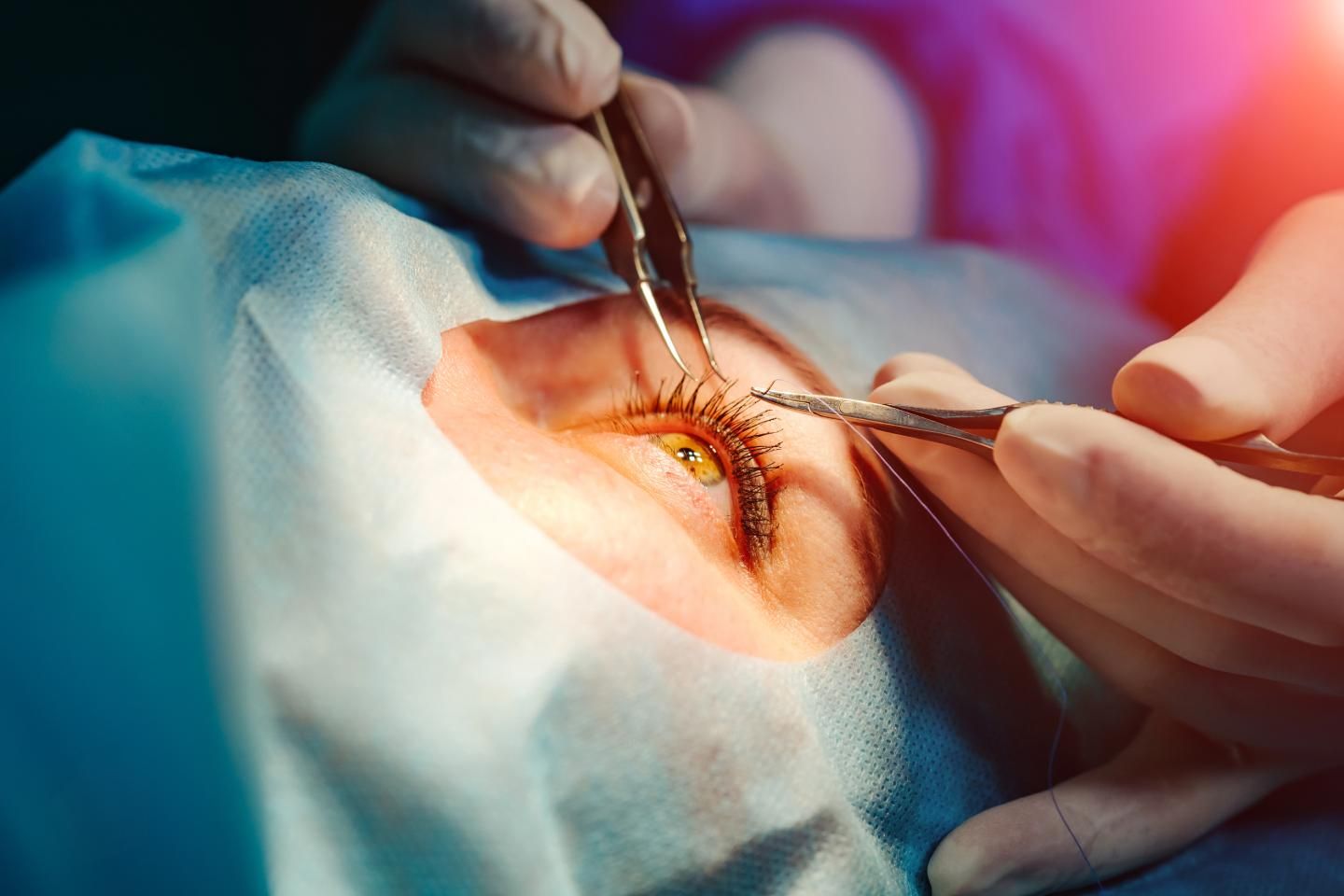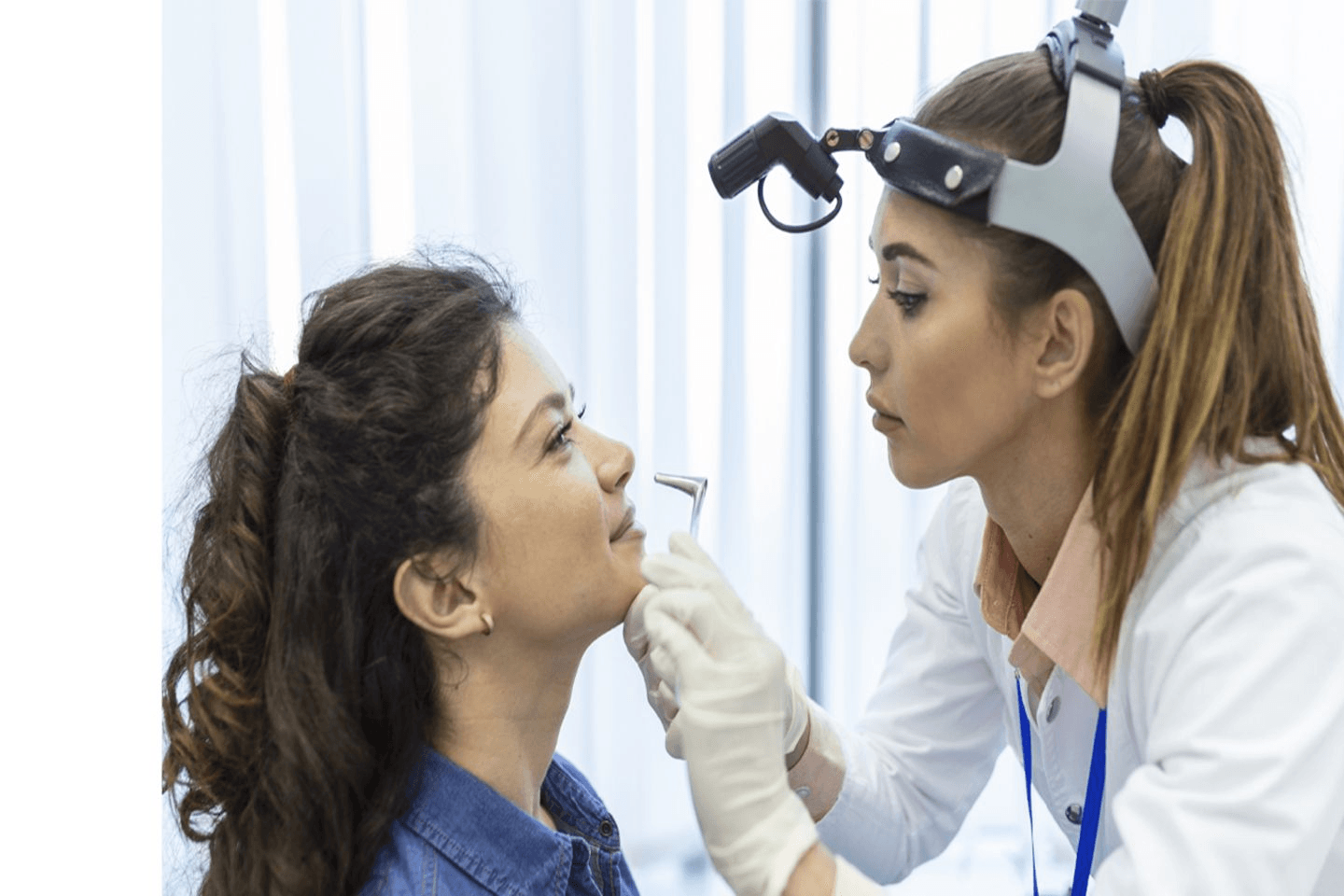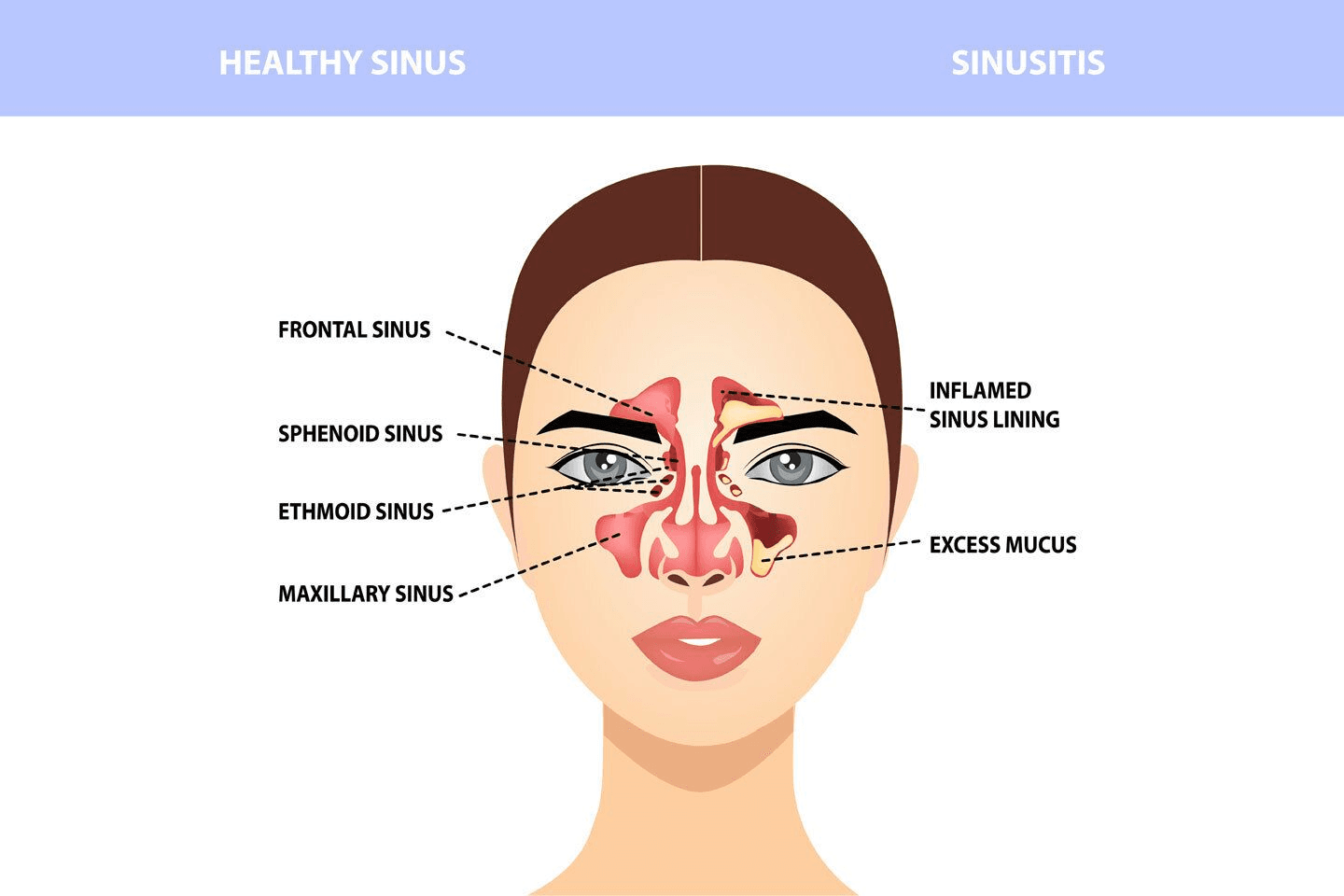
What is a cataract?
Cataracts happen when your eye's lens becomes cloudy, leading to blurry vision. Vision can also make colours look less bright and objects appear hazy. Cataract usually occurs in late adulthood. It can happen in one eye or both, but it is not communicable from one eye to the other. Cataract surgery can counter this eye condition.
There are different types of cataracts, like:
- Posterior subcapsular cataracts develop behind the lens of the eye. They begin as a small opaque dot that gradually grows over time and blocks the source of light.
- Nuclear cataracts affect the centre or the nucleus of the lens. Eventually, the lens becomes thick and hard and turns yellowish.
- Cortical cataracts affect the periphery or the lens's cortex and then spread slowly toward the centre. Cortical cataracts will look like white tendrils. This condition can progress slowly over a long period or spread rapidly.
Possible causes of cataracts
Besides old age, other underlying factors may expedite the formation of cataracts:
- Diabetes
- Use of steroids that are used to treat issues like arthritis and lupus
- Medication used to treat psychosis like schizophrenia and mania in bipolar disorder
- Eye injury
- Complications from eye surgery (like treatment for glaucoma)
- Radiation treatment
- Too much exposure to sun without appropriate eyewear like UV (ultraviolet) protection sunglasses
- Smoking
- A genetic disposition toward cataract
Age-related cataracts take time to develop, while health-related cataracts happen quickly. Health-related cataracts in young people can happen due to health conditions like diabetes.
Symptoms of cataract
Cataract usually manifests as a blurry vision but may go unnoticed by you at first because the symptoms are mild. There may also be some trouble in reading and conducting everyday tasks. Over time, the symptoms can aggravate. You may notice some or all the following signs of cataract:
- Blurred vision is the first and foremost sign of cataract.
- Bright colours will seem dull.
- You may see double of one object, which also shows cataracts growing.
- Eye prescription keeps changing more often than expected.
- Trouble seeing at night.
- Experience sensitivity to bright lights.
- See a halo around light sources.
Cataract prevention
No studies have proven that the progression of cataracts can be stopped entirely or slowed down. Still, some steps may prove helpful in reducing the risk factors of developing a cataract, like:
- Go for regular eye-check ups
- Reduce alcohol consumption
- Wear UV protection sunglasses, and reduce sun exposure if possible
- Quit smoking
- Eat healthy, balanced meals
- Manage other health issues
- Use brighter lighting while reading or watching TV
- Wear anti-glare glasses while using a screen
Cataract diagnosis
Suppose you are experiencing any of the symptoms mentioned above. In that case, it's best to visit a doctor who can confirm the presence of cataracts. After diagnosis, cataract surgery will be recommended. Usually, there are different types of diagnostic tools to figure out whether a person has a cataract or not. Before conducting these tests, the doctor will dilate your eye, i.e., widen the pupil with some eye drops. Do not worry. None of these tests is painful.
Visual acuity test:An eye chart placed at a distance is used in a visual acuity exam to gauge how well you can see. While one eye is covered, the doctor will make you read from the other. As you do this, the letters on the chart will progressively reduce in size, or the eye chart will be placed further away from you.
Slit-lamp exam:Using a special slit-lamp microscope, the doctor will examine your cornea, iris, lens, and space between your iris and cornea to spot any abnormalities.
Retinal exam:After dilation, the doctor will examine the retina using an ophthalmoscope, a slit lamp, or both. Besides examining the retina, the doctor will also look for any signs of glaucoma and abnormalities in the optic nerve.
Tonometry test:Tonometry is a quick and simple diagnostic tool that examines the eye's pressure (intraocular pressure). Usually, the doctor will blow lightly in the eye or gently touch your eye with a special, sterilised tool called Tono-pen. There is also non-contact tonometry, where a special device applies air pressure to the eye.
What is a cataract treatment?
Cataract surgery is the only recommended cataract treatment course when using prescription glasses or contact lenses to improve vision fails. Additionally, if the clouding of the lens causes disruptions in regular activities like driving, watching TV, or reading, then cataract surgery should be considered. Cataract surgery is a routine procedure with a high success rate and usually involves minimal risks. And when done, you will be able to see better.
During cataract surgery, the surgeon removes the clouded lens and replaces it with an artificial one called the intraocular lens.
What are the types of cataract surgery?
These are the main types of cataract surgeries:
Phacoemulsification: Here, the surgeon will create an incision on the side of the cornea and then insert a special pen-shaped instrument that breaks up and sucks out the cloudy lens. It's also called small incision cataract surgery.
Femtosecond-laser-assisted cataract surgery: FLACs is a recent advancement in cataract surgery. Completely non-invasive, FLACs involve making an incision to the cornea with a laser. The membrane is opened, the cataract is softened, and finally extracted.
Usually, the cataract surgery takes up to about an hour, and you will be awake during the process. Post-surgery, you will be briefed on the aftercare, and you may need to wear special glasses to protect the eye operated upon. You will be asked to avoid touching your eye or partaking in strenuous activities.
The cost of cataract surgery depends on the type of surgery and whether you are getting the cataract surgery from a government hospital or a private one. Cataract surgery cost also depends on the city where you decide to get the procedure done.
Meril Life offers FILAMIDE sutures that can be used for ophthalmic procedures like cataract surgery, vascular anastomosis, plastic and reconstructive procedures, and microsurgery procedures.
FILAMIDE is a non-absorbable synthetic monofilament suture, which provides smooth passage through tissue, is flexible, easy to handle and tie and is pigmented black for enhanced visibility.
Final note
An untreated cataract is among the most common reasons that lead to blindness in India. Cataract surgery is the only solution to prevent this issue. Though cataract surgery costs vary from region to region, it is a rehabilitation process that has a high success rate.
SHARE NOW



